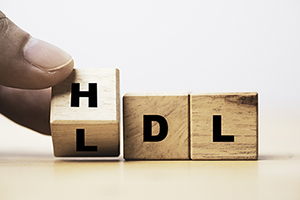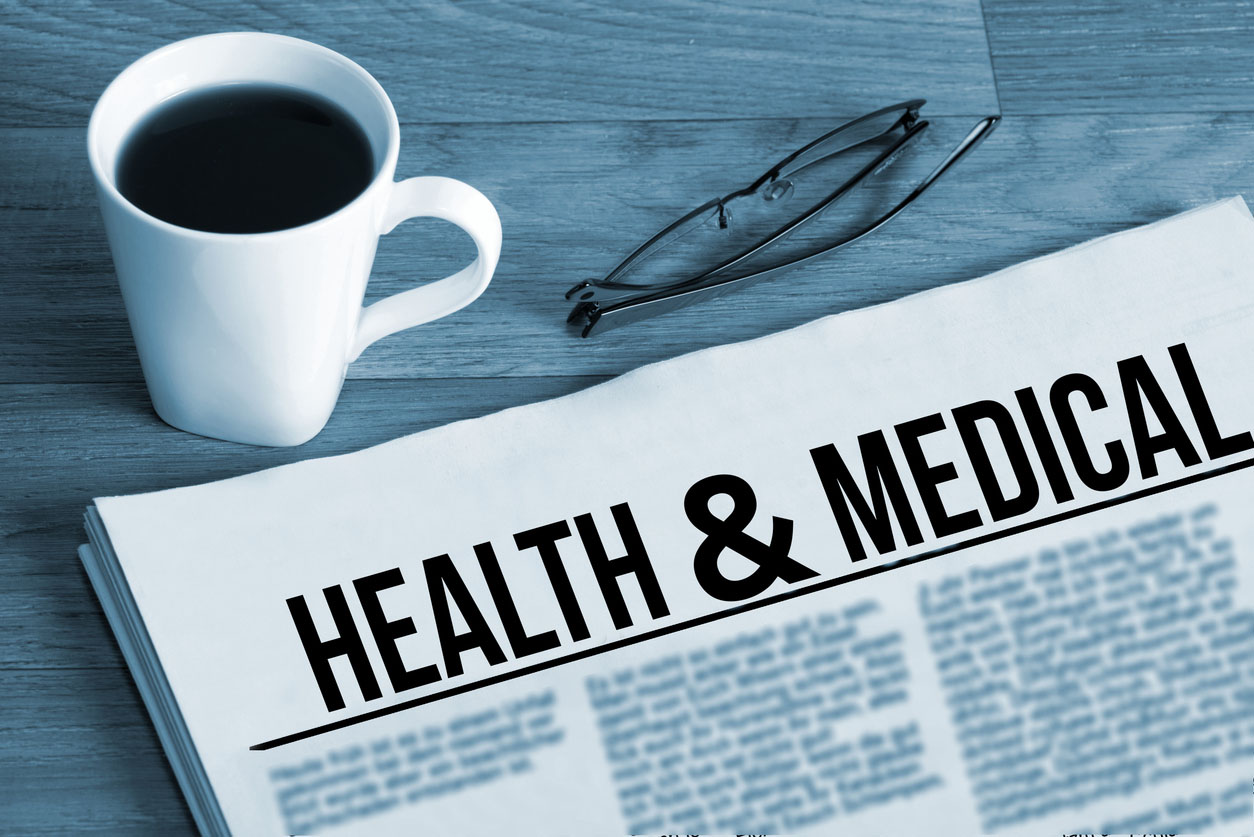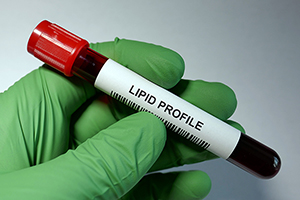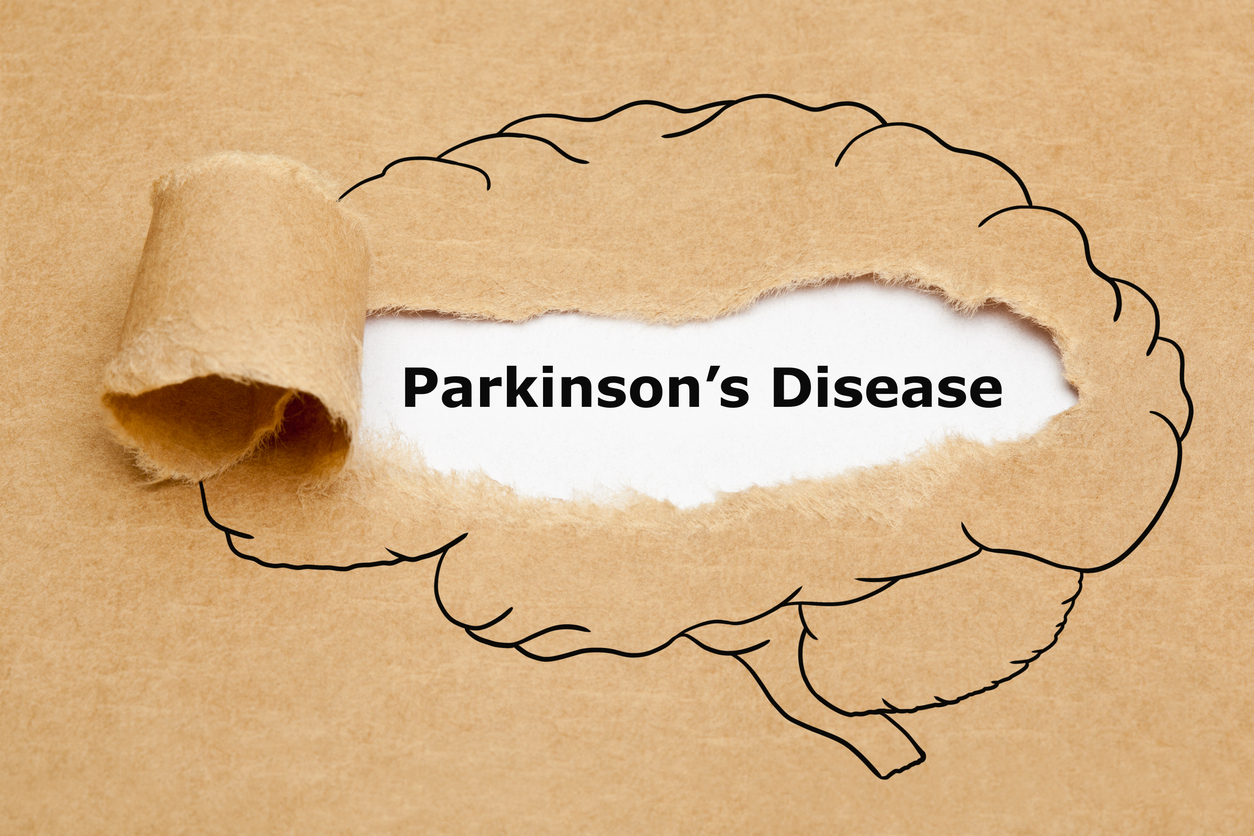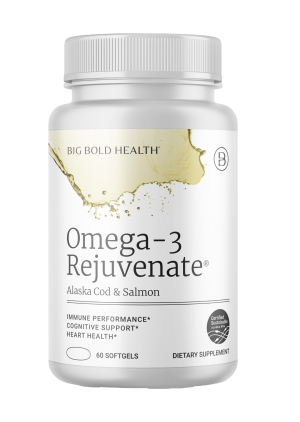HDL is the “good cholesterol”, in contrast to LDL, the “bad cholesterol”. Generally, healthy lifestyle measures like exercise and maintenance of healthy weight via a low-refined carb diet are associated with better HDL numbers.
By now I’m familiar with the refrain: “Doc, I know my cholesterol’s high, but so’s my HDL. So I get a free pass from heart disease, right?”
Thus went the conventional wisdom for a long time. It wasn’t so much your total cholesterol, but the ratio between your cholesterol and your HDL cholesterol that determined risk.
In fact, data from the landmark Framingham Heart Study in the 1970s showed that, for a given level of LDL, the risk of heart disease increases 10-fold as the HDL varies from high to low.
For example, a person with a cholesterol of 240 mg/dL—which is considered high—but with an HDL of 80 mg/dL, constituting a total cholesterol to HDL ratio of 3:1, might be considered to be at lower risk of heart disease than someone with a much lower “satisfactory” cholesterol of 180 mg/dL, but with an HDL of 30 mg/dL, yielding a 6:1 ratio (a ratio of 4:1 or lower has been considered favorable).
This is a dogma that I uncritically accepted until some new research findings forced me to adopt a more nuanced approach.
First, I had to acknowledge that there were some outliers. When I started to routinely order coronary calcium scans on my patients, that actually revealed the presence or absence of calcium in their coronary arteries—highly predictive of the eventual risk of heart attacks or need for stents or bypass—I noticed that, while most with high HDLs were indeed free of plaque, some had considerable evidence of incipient atherosclerosis.
Another factor that changed my thinking was the failure of high-dose niacin, which reliably raises HDL while lowering overall cholesterol and triglycerides, to reduce the risk of major cardiovascular events in clinical trials:
“Among participants with atherosclerotic vascular disease, the addition of extended-release niacin–laropiprant to statin-based LDL cholesterol–lowering therapy did not significantly reduce the risk of major vascular events but did increase the risk of serious adverse events.”
Even more dramatic were studies costing hundreds of millions of dollars on CETP inhibitors—promising drug candidates that lowered cholesteryl ester transfer protein and raised HDL—that ultimately crashed and burned. (More on that later).
And then there were those “man bites dog” studies, like these, that suggested high HDL might even increase the risk of heart trouble: “Extreme high high-density lipoprotein cholesterol is paradoxically associated with high mortality in men and women: two prospective cohort studies”.
The concentration of HDL cholesterol associated with the lowest all-cause mortality was 73 mg/dL in men. But when HDL was 97–115 mg/dL in men, risk was increased 36%; when it was over 116 mg/dL, risk was over two-fold greater. For women the ideal cholesterol was higher—93 mg/dL, suggesting high HDL may be more protective in women than in men. But for women with cholesterol with HDL 116–134 mg/dL risk was 10% greater; mortality increased by 68% for women with HDL cholesterol greater than 135 mg/dL.
And there were studies that suggested racial differences: “Our data suggest that the use of low HDL-C is informative in White adults but not in Black adults and the use of high HDL-C [as a protective factor] might not be helpful in either race,” concluded one.
What is HDL? It stands for high-density lipoprotein, and it’s a protein particle, not just a ball of cholesterol (cholesterol is cholesterol—there’s no good or bad, it’s the LDL particle that can become oxidized, which makes it more pro-inflammatory and atherogenic). HDL carries lipids away from cells, including cholesterol, triglycerides and phospholipids. Because they can remove cholesterol from plaque that accumulates in arterial walls (reverse cholesterol transport) it seems counter-intuitive that HDL lipoproteins may sometimes increase cardio risk.
One explanation is that other factors, like overweight, hypertension, dysregulated blood sugar, inflammation, or the presence of other adverse predictors like hs-CRP, lipoprotein(a), homocysteine or apolipoprotein B (Apo B) might sometimes overwhelm the beneficial impact of a high HDL. Another is that HDL is kind of like Chinese boxes—just as with LDL, there are large, medium and small HDLs; within the overall HDL count, there are good and not-so-good and even detrimental HDL subclasses. So-called “dysfunctional” HDL proteins may lose their capacity to receive cholesterol, contributing to inflammation and plaque development.
The mix of HDL subclasses you get may be partially a merit system, determined by lifestyle, but is also controlled by heredity. Rare subtypes of high “bad HDL” resulting in higher cardiac risk has been found in family cohorts.
Simplistic thinking about HDL as a clean-up crew for cholesterol led to a disastrous series of trials for the aforementioned CETP inhibitors. Drug companies expected a bonanza from medications that reliably raised HDL, but three candidate compounds failed in phase III clinical trials; the studies were abruptly halted when it was found that the drugs did not significantly reduce the risk of heart attacks, strokes and deaths—and may in some instances have increased them!
To this day, what went wrong isn’t exactly clear. It may be that certain of these experimental compounds had unforeseen off-target effects, like raising blood pressure. Alternatively, the populations treated may already have had low enough LDL due to simultaneously taking statins, so benefits were masked. One review suggests that researchers quit too soon to see long-term benefits of a CETP inhibitor. Or it may be that the “good” HDL that the drugs boosted may have been of the less efficacious kind.
One thing seems to be certain: The potential benefits of CETP inhibitors for heart disease may derive from their ability, not so much to raise HDL, but rather to lower LDL cholesterol, lp(a) and Apo B. So the CETP inhibitor story is not yet over; if the right one can be found and demonstrated to be safe, these drugs will be cheap, won’t require injections like the new monoclonal PCSK-9 inhibitors, and will have the additional advantages of preventing type 2 diabetes (unlike statins, which promote it), protecting against dementia, and even possibly lending themselves to the treatment of septic shock.
One company is working apace on developing a new HDL-raising drug, obicetrapib, that may yet vindicate the CETP hypothesis. Stay tuned.
Meanwhile, while high HDL is generally a good thing, let’s not be lulled into complacency by high HDL scores or favorable cholesterol to HDL ratios; it’s reasonable to recommend that even patients with high levels of “good cholesterol” undergo a non-invasive coronary calcium test or a CT angiogram to see if HDL is truly protective for them. If not, aggressive heart intervention via lifestyle measures, supplements and even medications may be warranted.
